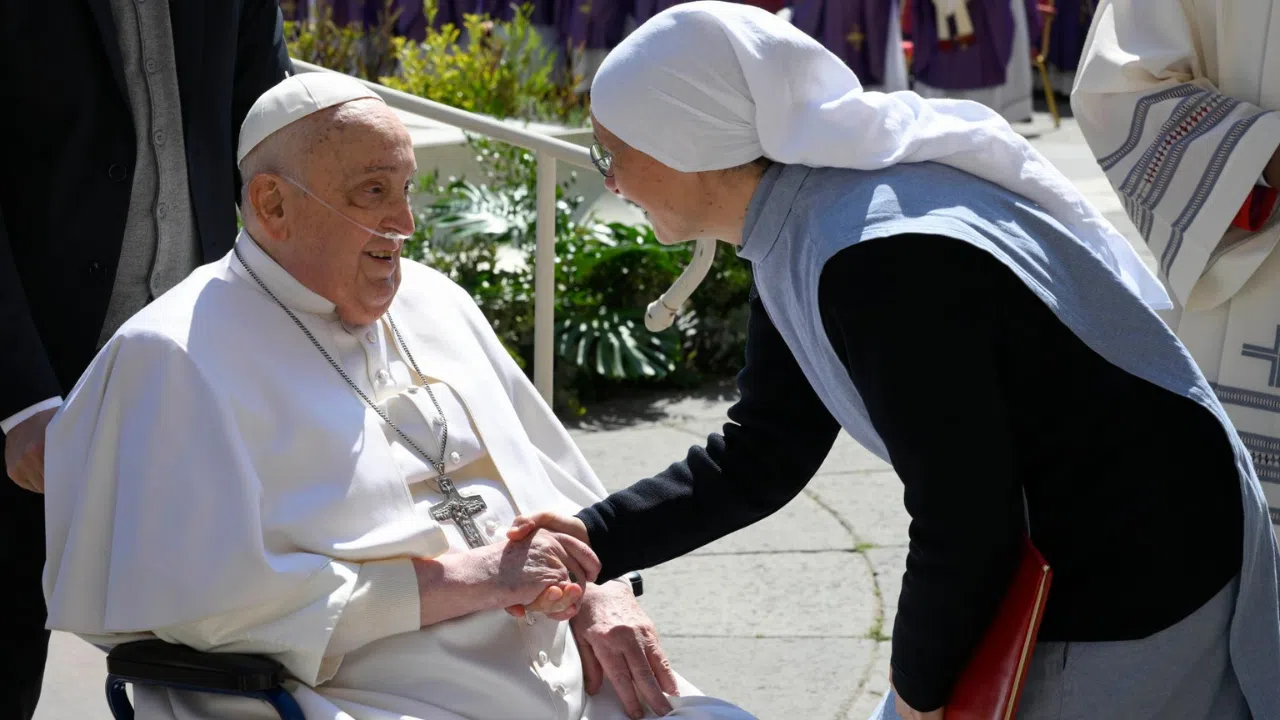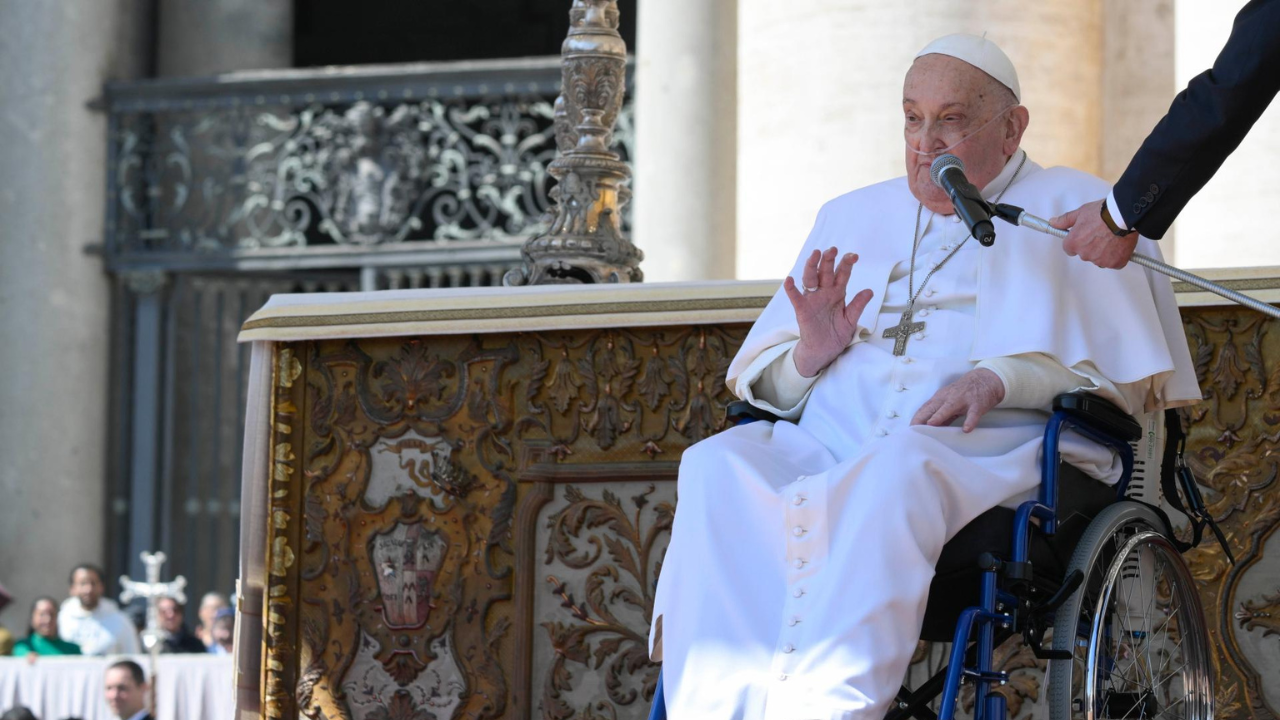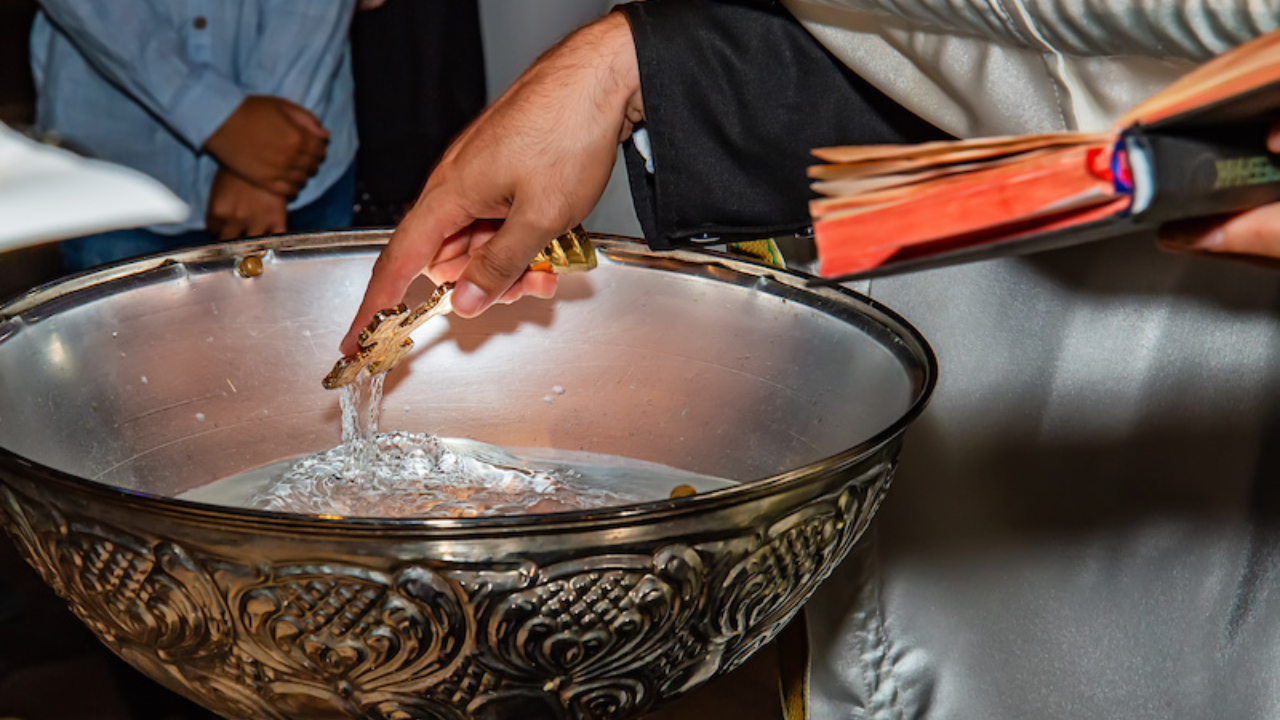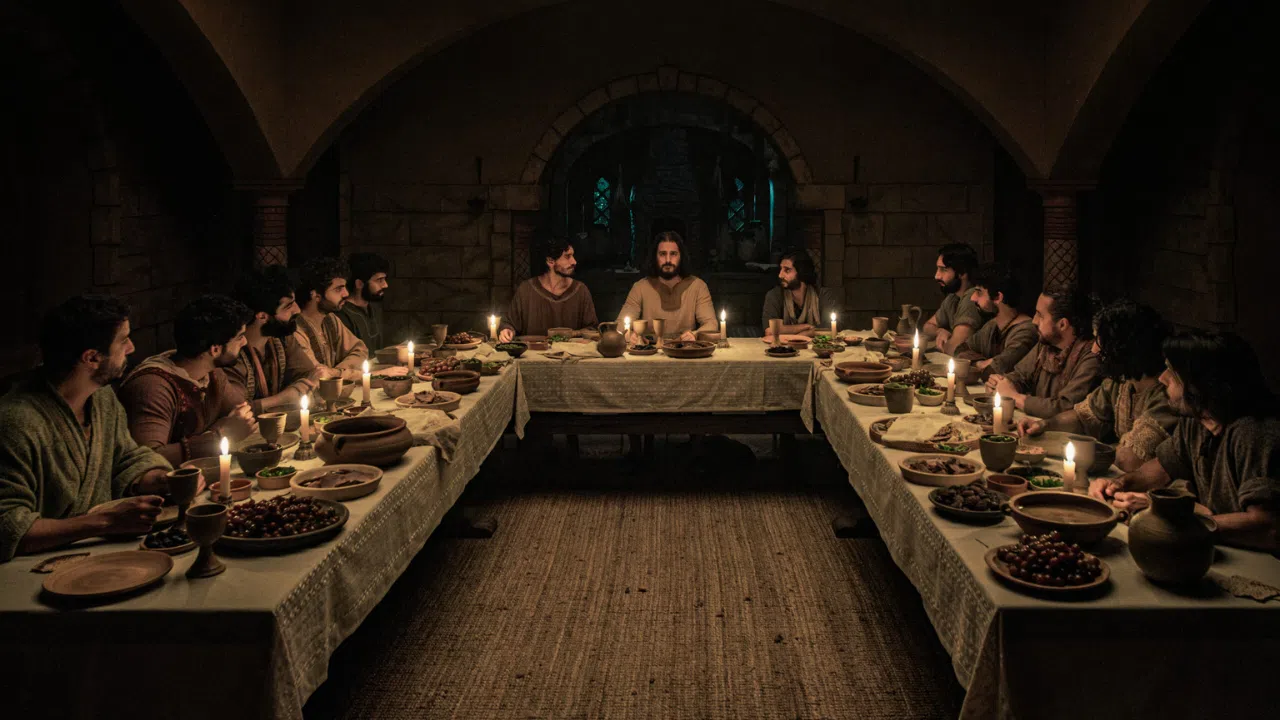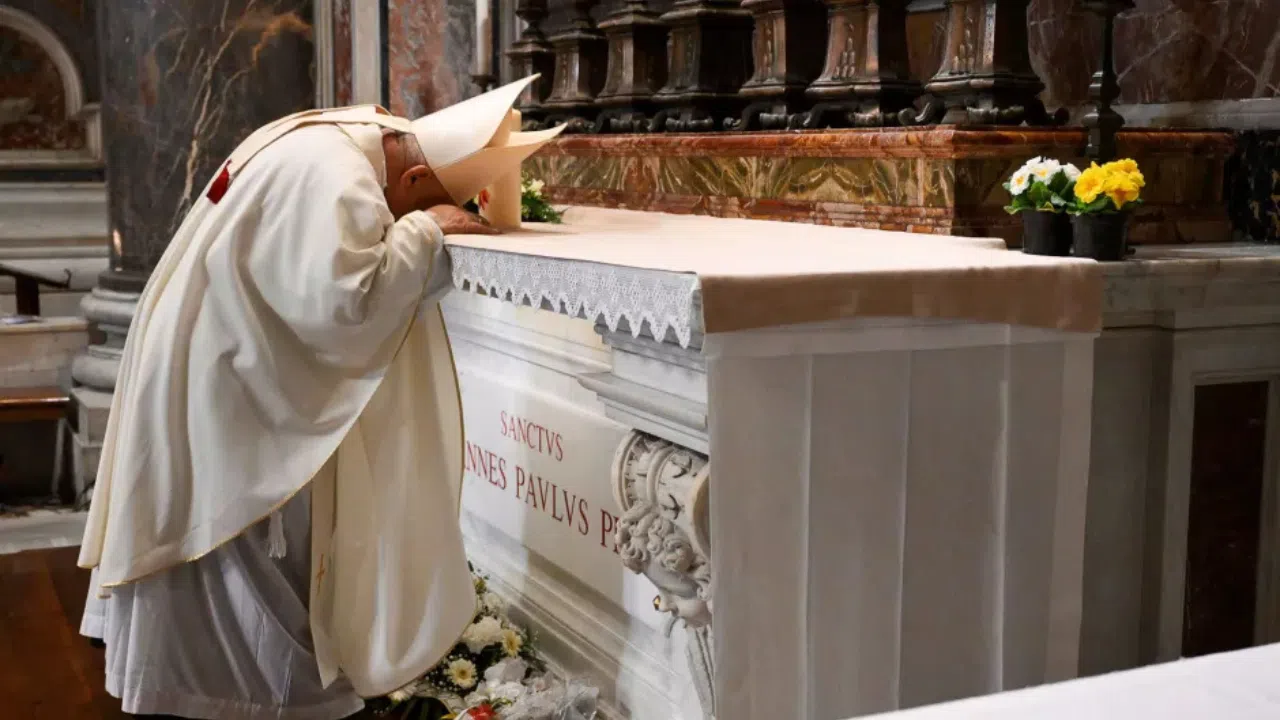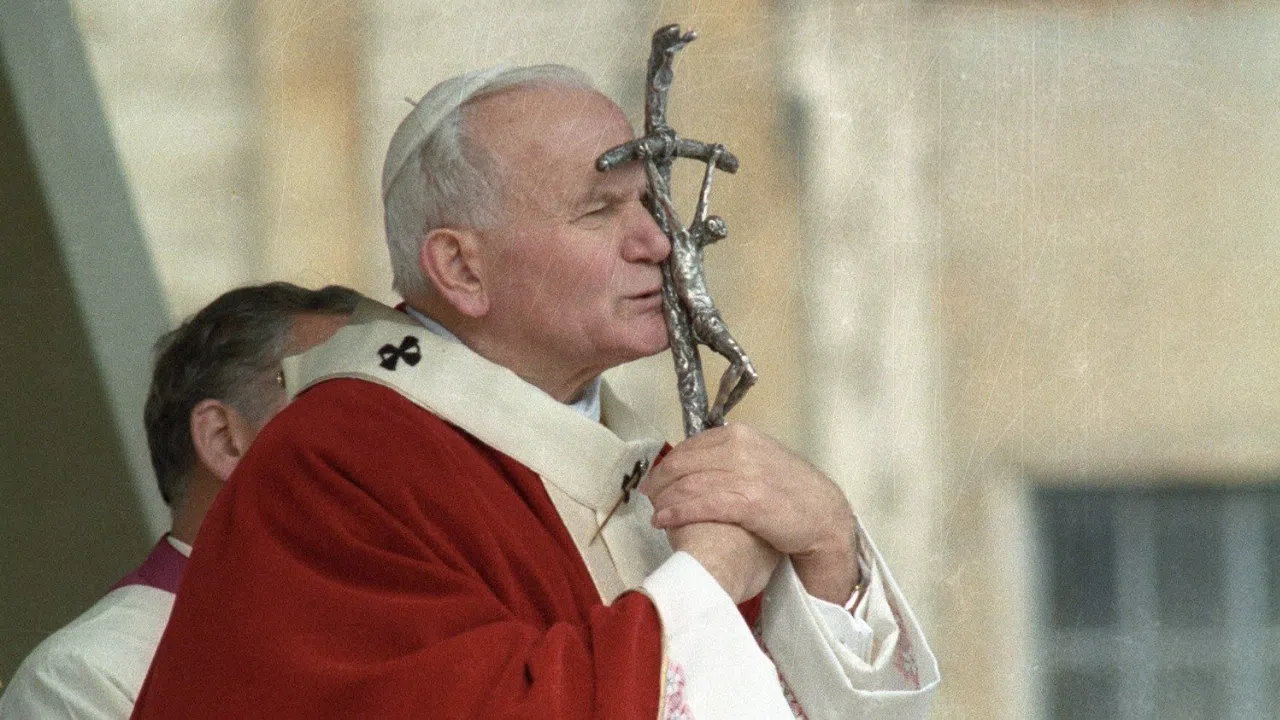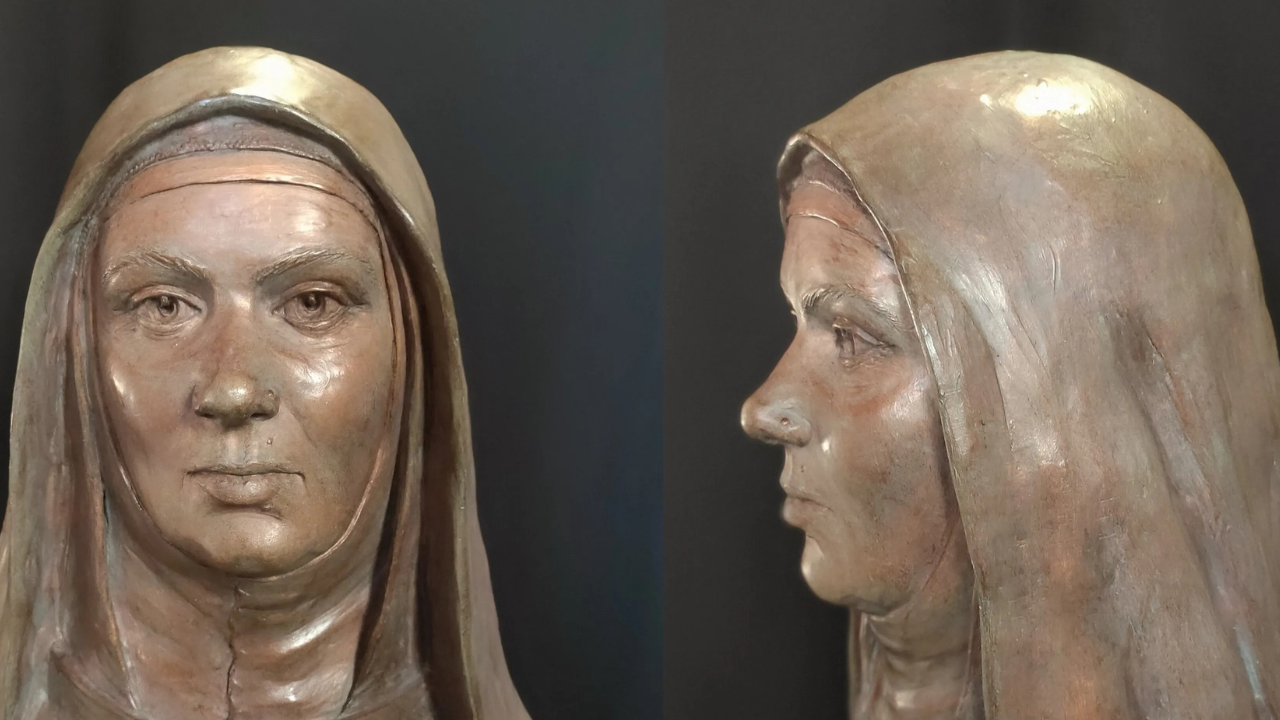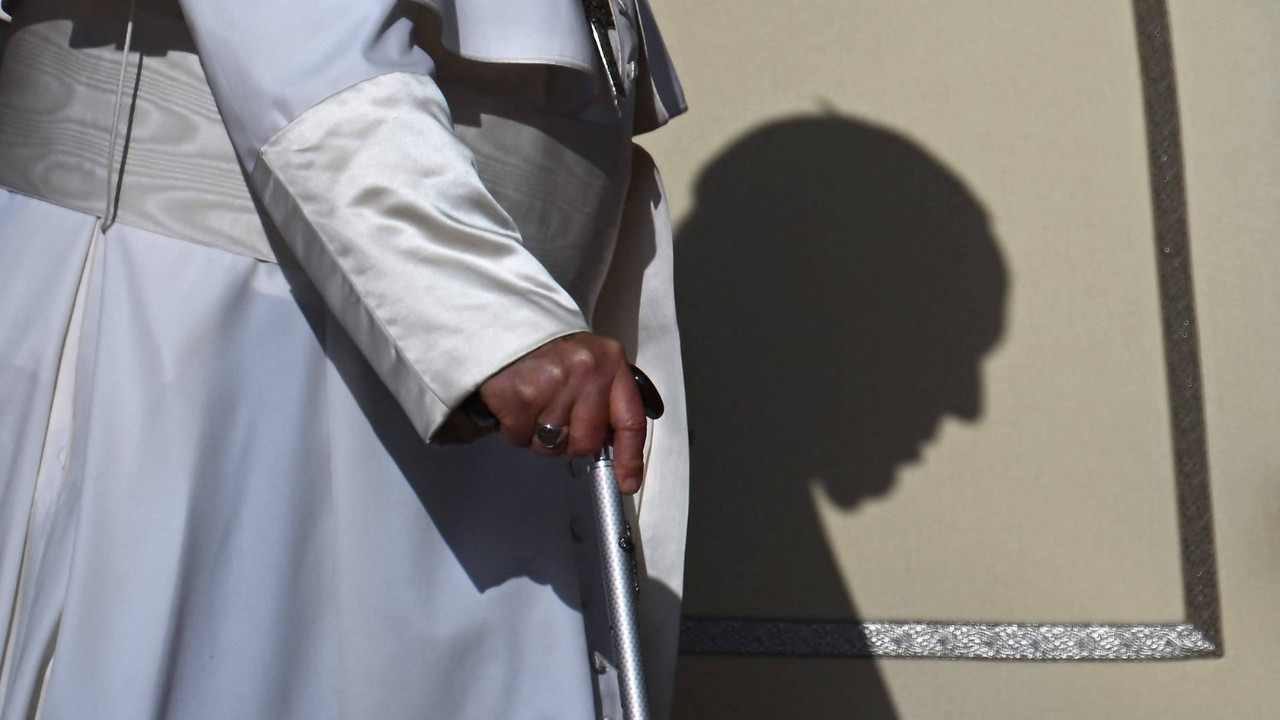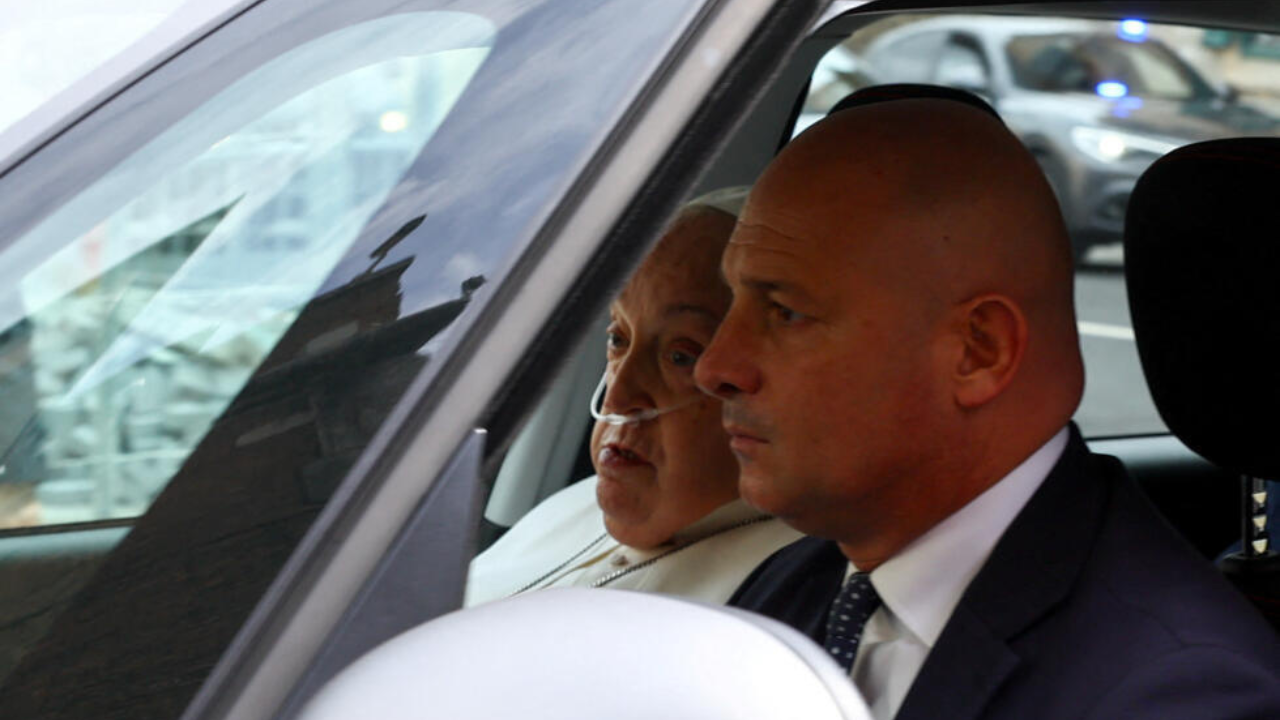Caravaggio was one of the most influential Italian painters of the Baroque period. His chiaroscuro technique has gone down in art history. Now, for the Jubilee, some of his finest works have brought the artist back to Rome through the exhibition, now open, at the National Gallery of Ancient Art in the Barberini Palace.
FRANCESCA CAPPELLETTI
Exhibition Organizer
The exhibition tells the story of Caravaggio in 24 masterpieces on exceptional loans from museums around the world and guides us from the artist's beginnings in Rome around 1595 to 1610, the year of his death and the year of the last paintings exhibited here. The Martyrdom of Saint Ursula, along with Saint John the Baptist from the Borghese Gallery, is an extraordinary opportunity to discover and revisit this great artist with a fresh perspective, through the eyes of the latest studies.
The exhibition demonstrates the influence Caravaggio left on the art scene. Some of the works on display have been rediscovered and exhibited for the first time in Italy, while others come from private collections.
THOMAS CLEMENT SALOMON
Exhibition Organizer
Paintings that somehow return home, such as St. Catherine Thyssen's Mass Today in Madrid, which was on display here at the Barberini Palace until 1934, but also The Gamblers from the Campbell Museum in Texas, or The Musicians at the Metropolitan Museum of Art. It's an extraordinary exhibition that also features two recently rediscovered works, such as Ecce Homo, rediscovered in Madrid in 2021, or the portrait of Maffeo Barberini, which we recently exhibited here at the National Galleries of Ancient Art. It's truly an extraordinary journey, a unique opportunity to see something like this.
The Caravaggio 2025 exhibition not only offers an in-depth look at the master's works but also invites us to explore the evolution of his style. From his early years, with his luminous paintings full of symbolism, to his maturity, where the drama and tragedy of human destiny take center stage.
MARIA CRISTINA TERZAGHI
Exhibition Organizer
The exhibition moves from a very youthful style characterized by a more luminous painting, the well-known comic painting, with a very positive imprint, although always with an allegorical or moral background, to a more tragic painting, where the drama of human destiny and sacred drama becomes paramount. In this, Caravaggio is an artist completely contemporary with modern man, precisely because of this extraordinary meditation on what happens at the moment of death.
This event will remain open until July 6 of this year. It is a unique opportunity to rekindle the legacy of this Italian artist in the heart of Rome.
BAM
TR: GS
